EARLY CHRISTIAN AND BYZANTINE (ID SET #1)
1/23
Earn XP
Description and Tags
EARLY CHRISTIAN AND BYZANTINE ARCHITECTURE
Name | Mastery | Learn | Test | Matching | Spaced |
|---|
No study sessions yet.
24 Terms

Baths of Caracalla, Rome, c. 211-217

Baths of Diocletian, Rome, c. late third century
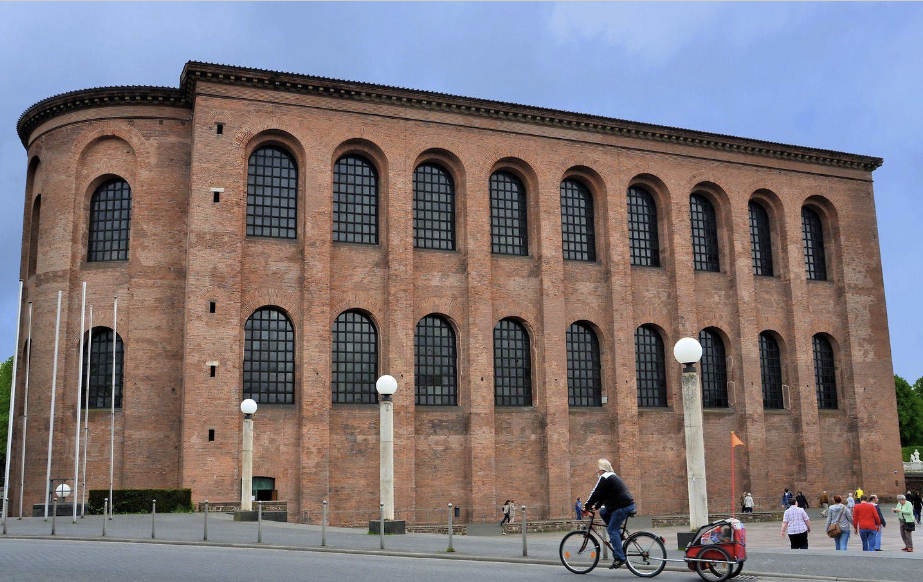
Basilica of Constantine, Trier, Germany, c. 300
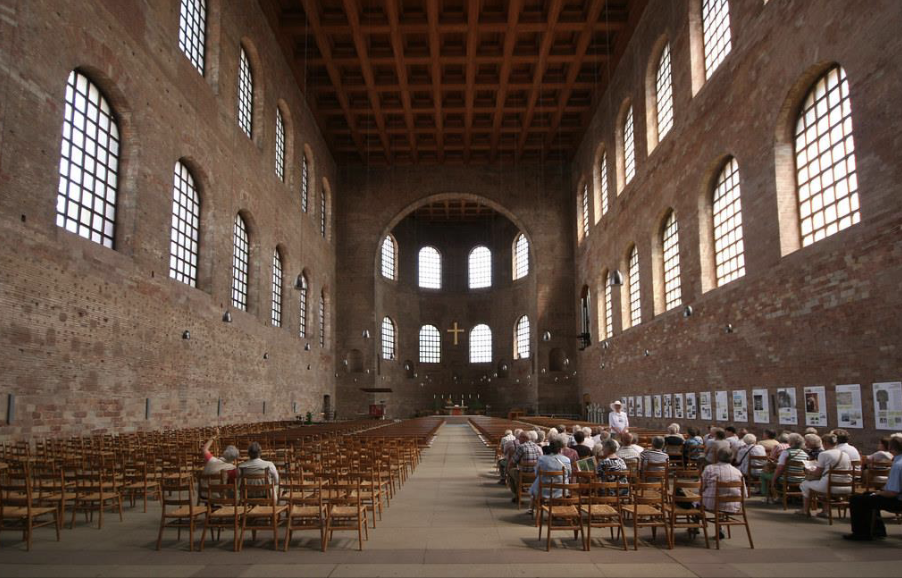
INTERIOR of Basilica of Constantine, Trier, Germany, c. 300
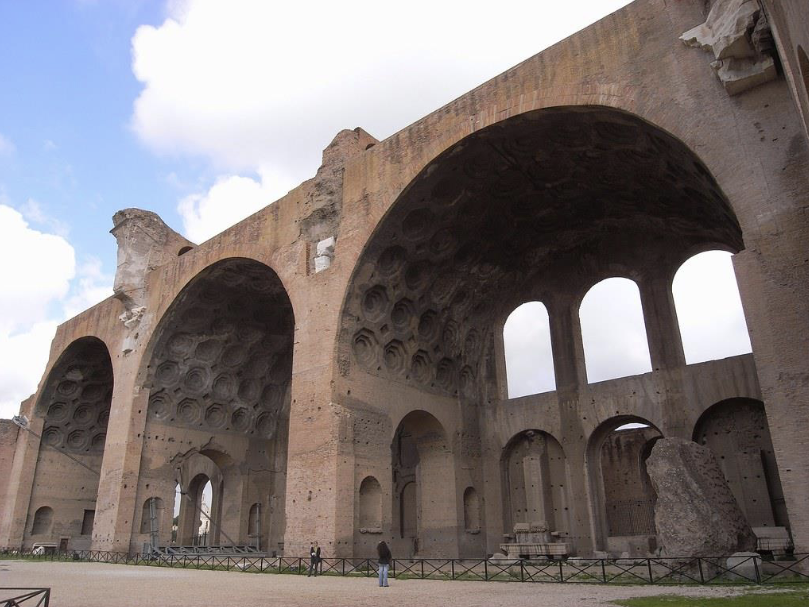
Basilica of Maxentius, begun in 306 by Maxentius and completed by Constantine, Rome, c. 307-312
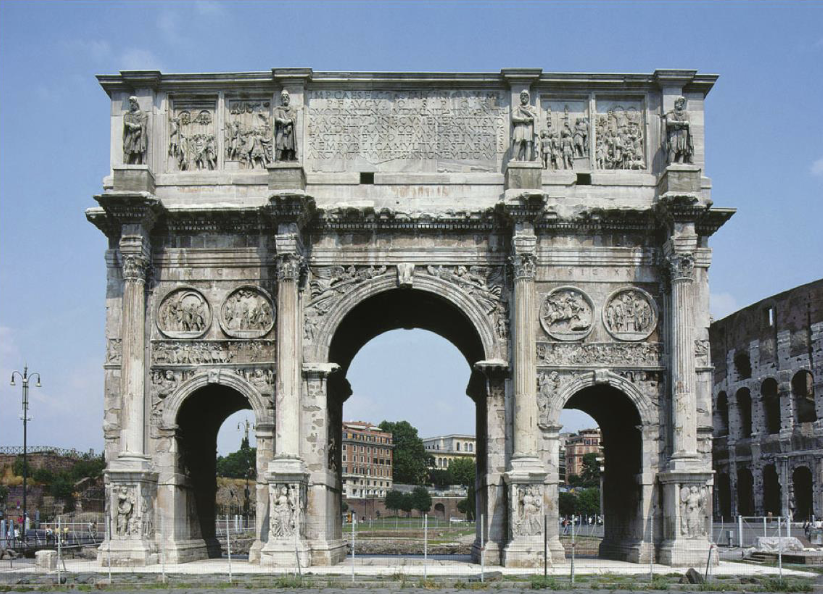
Arch of Constantine, Rome, 312-315
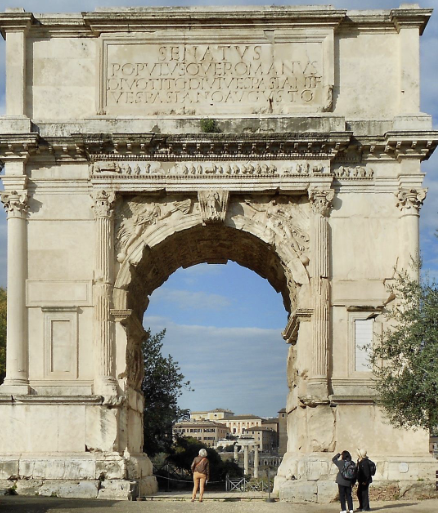
Arch of Titus, Rome, after 81
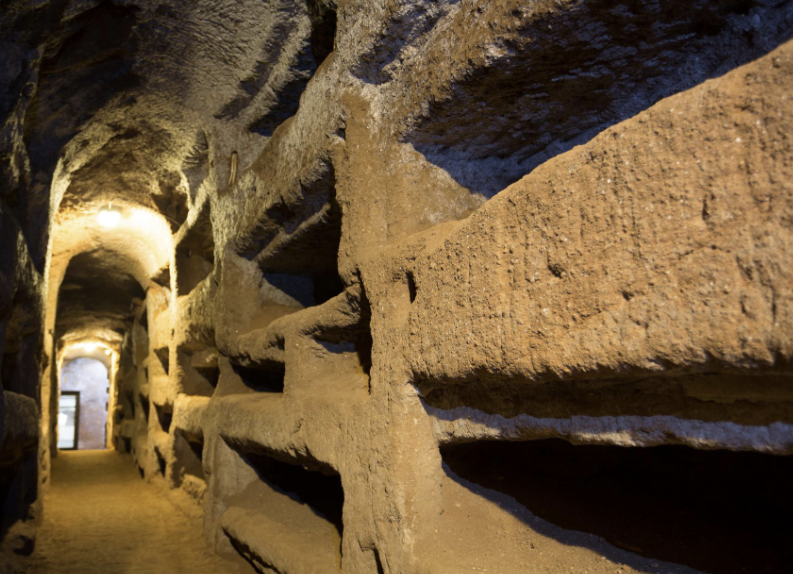
Catacomb of Callixtus, Rome, 150 and after
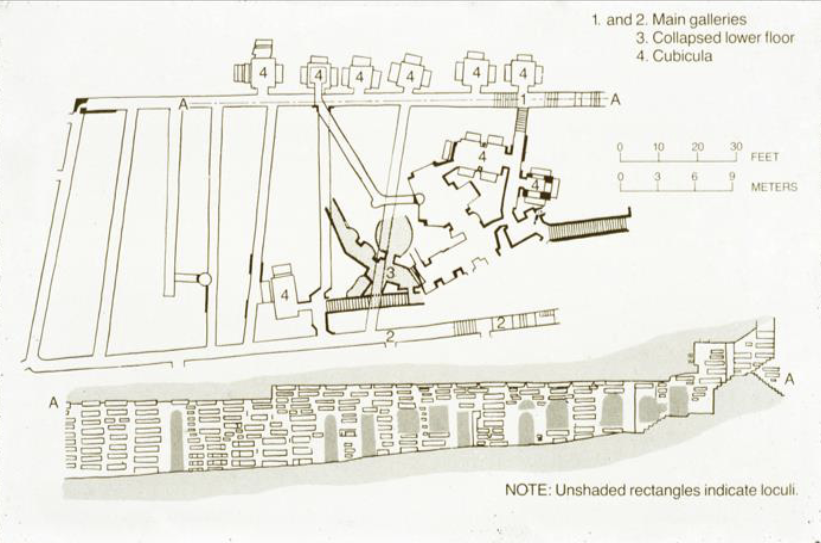
Catacomb of Callixtus, PLAN, Rome, 150 and after
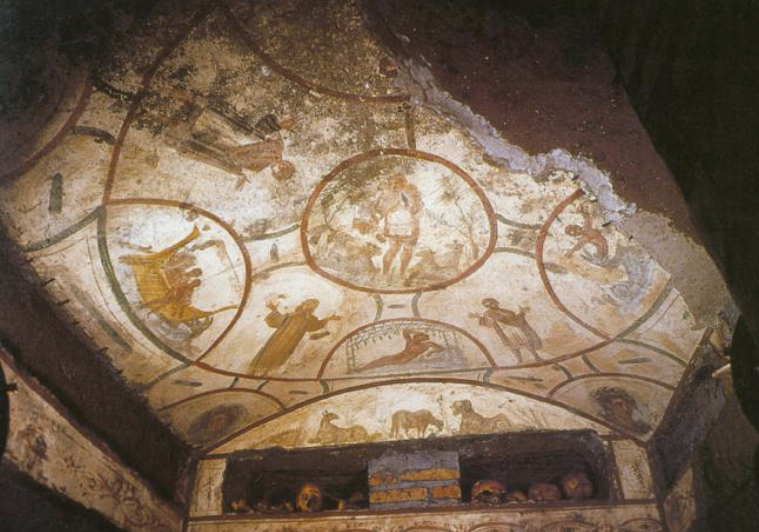
Catacomb of Saints Peter and Marcellinus, The Good Shepherd, story of Jonah and orants, painted cubiculum ceiling,
Rome, early fourth century
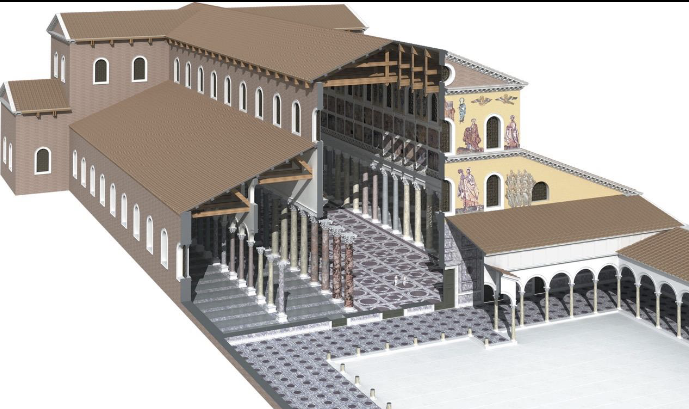
Old Saint Peter’s, Rome, c. 326
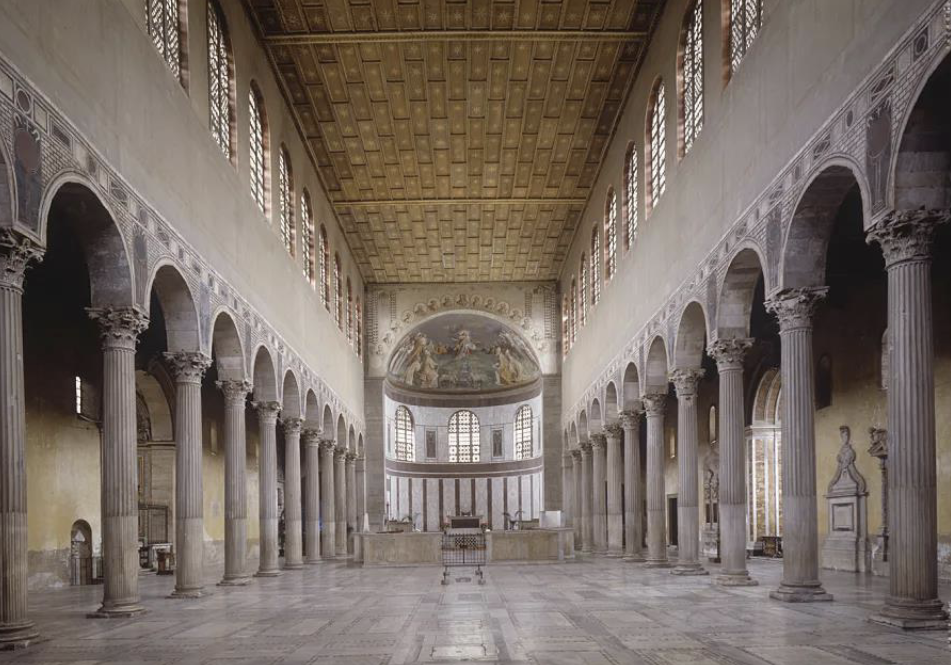
Santa Sabina,
Rome, 422-432
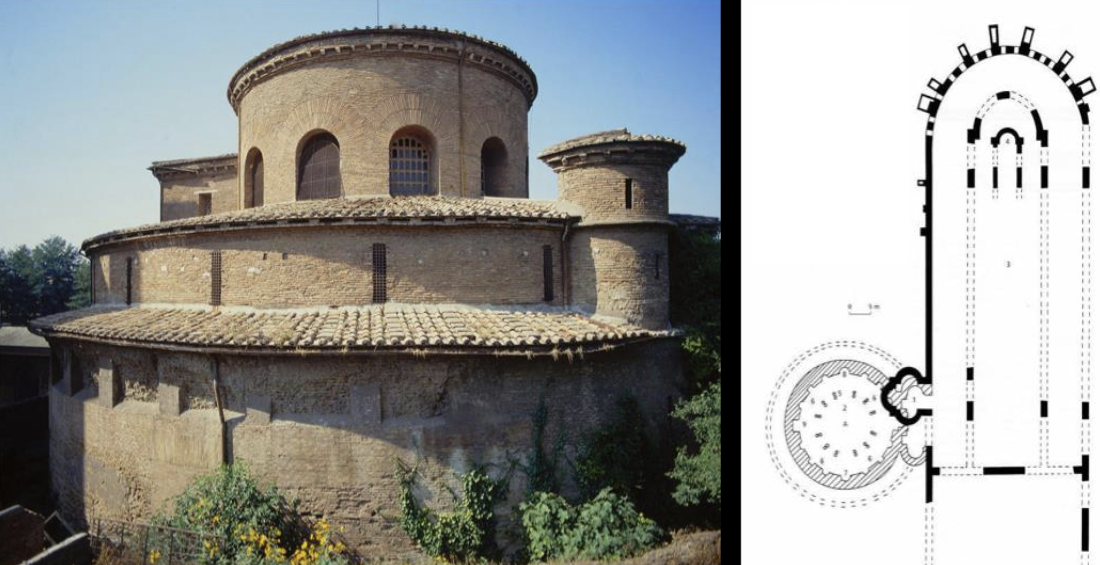
Santa Costanza, Rome, c. 350
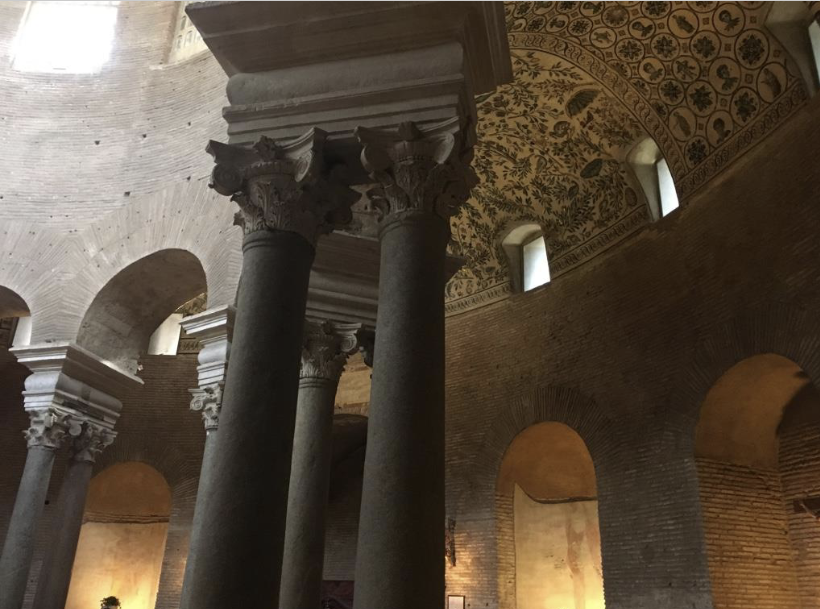
Santa Costanza, INTERIOR, Rome, c. 350
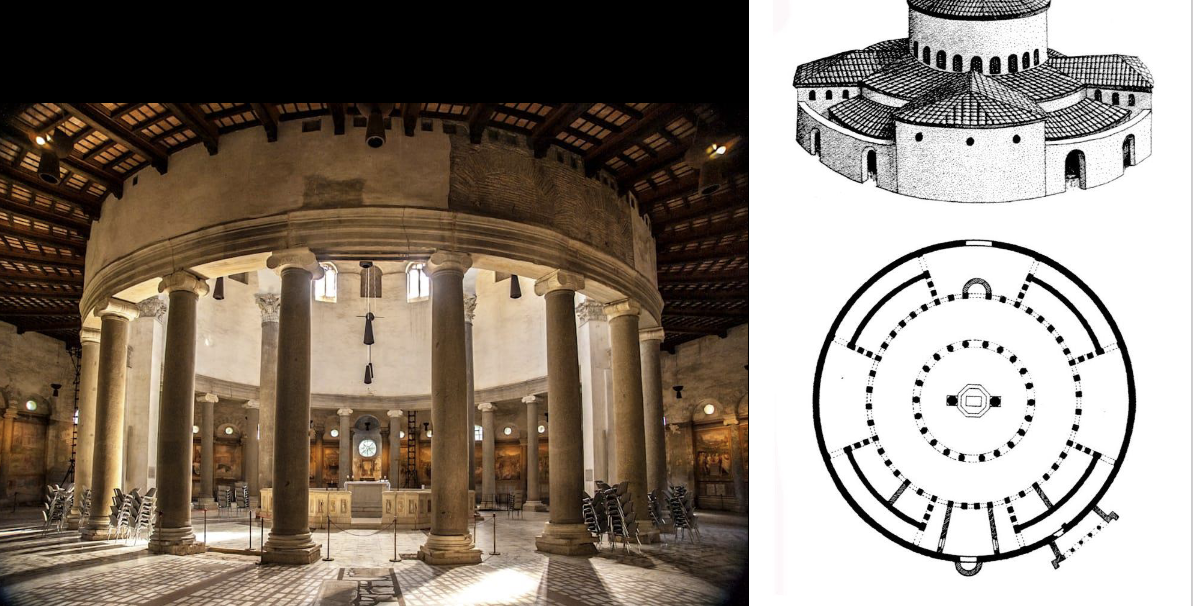
Santo Stefano Rotondo, Rome, 468-483
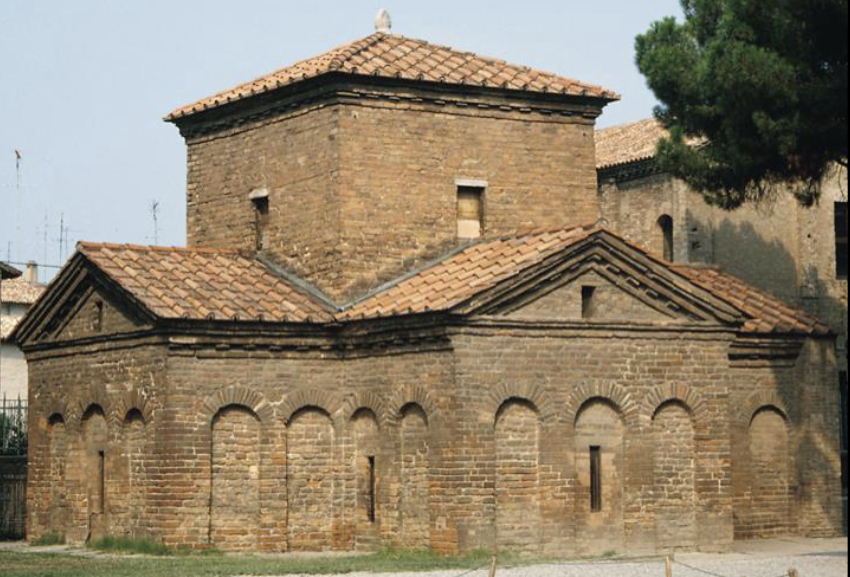
Mausoleum of Galla Placidia, Ravenna, Italy, c. 425
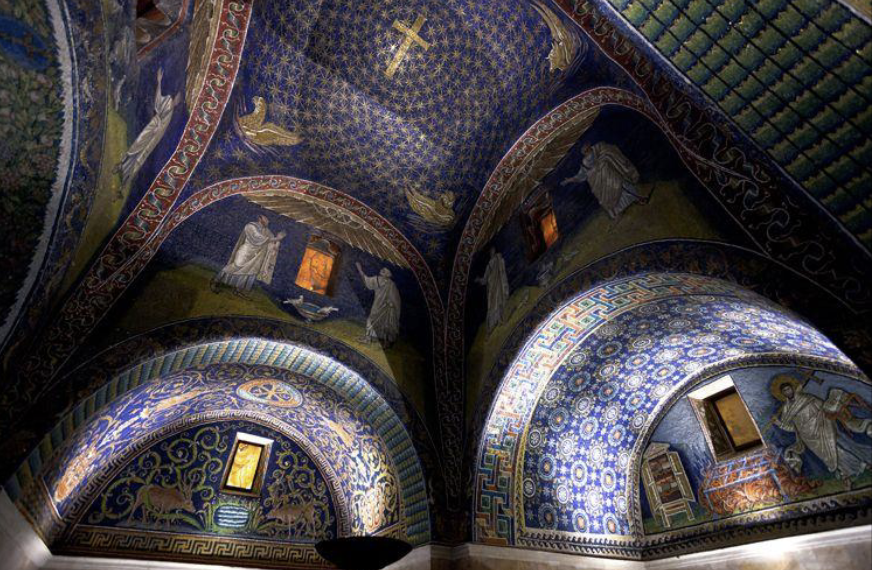
Interior of Mausoleum of Galla Placidia, Ravenna, Italy, c. 425
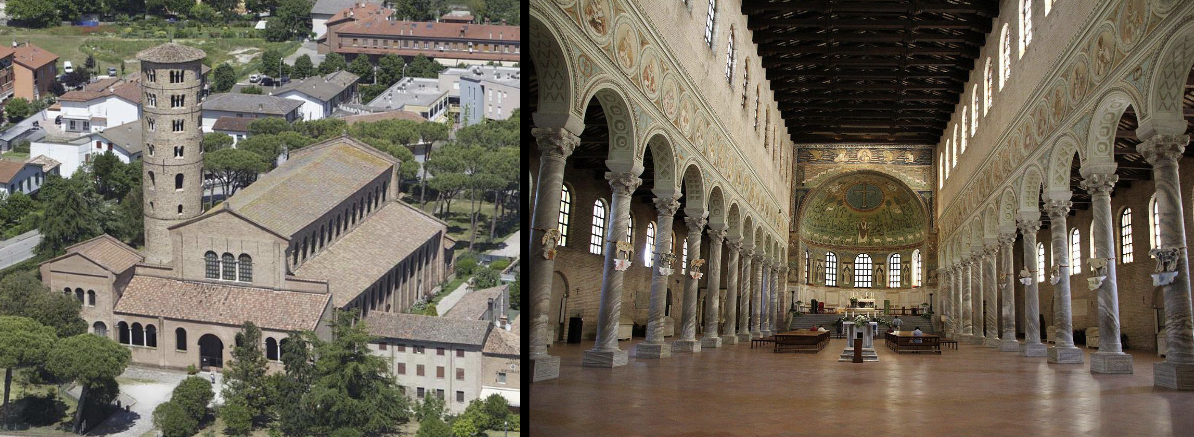
Sant’Apollinare in Classe, Ravenna, begun 526
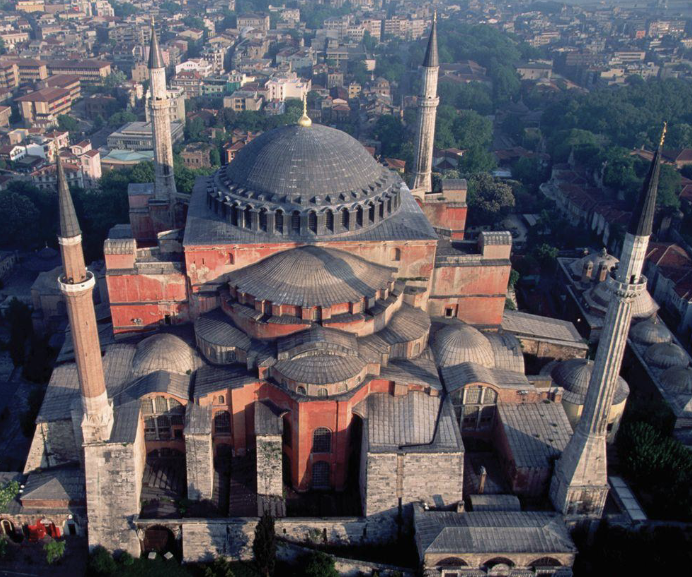
Anthemius of Tralles and Isidorus of Miletus, Hagia Sophia, aerial view, Constantinople (Istanbul), 537
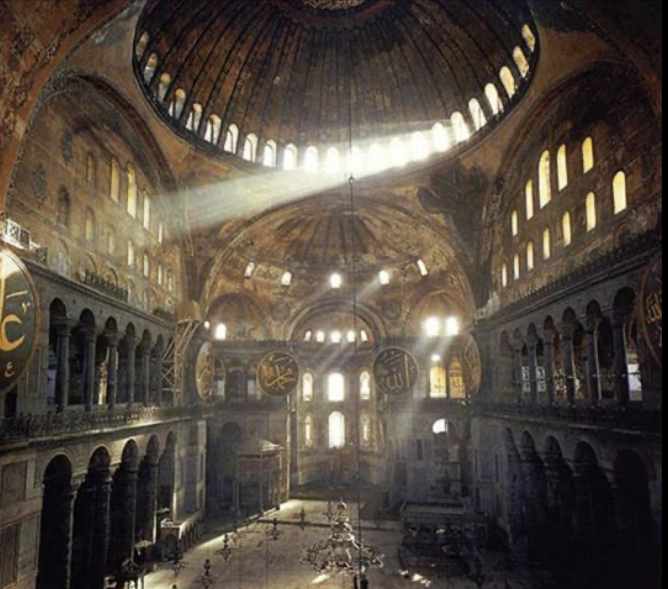
Anthemius and Isidorus, Hagia Sophia, interior view, Constantinople (Istanbul), 537

San Vitale, Ravenna, 526-540
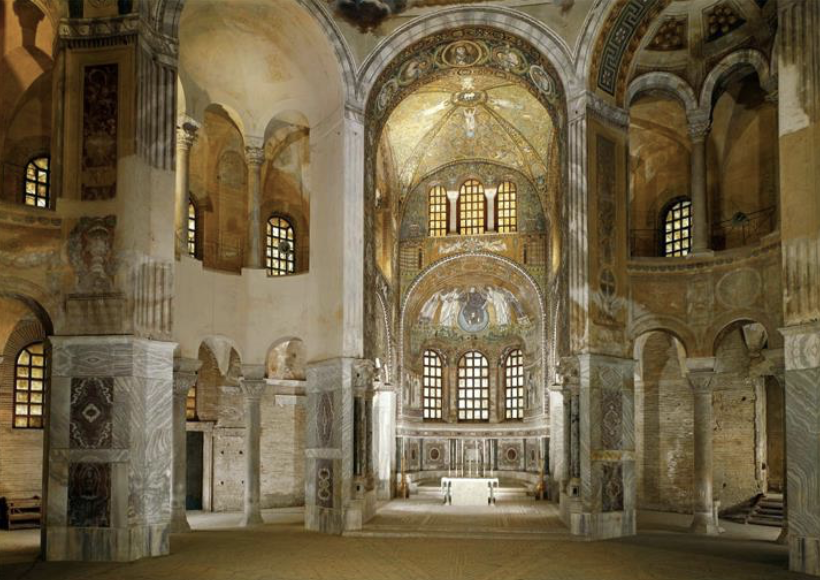
Interior view of San Vitale, Ravenna, 526-540
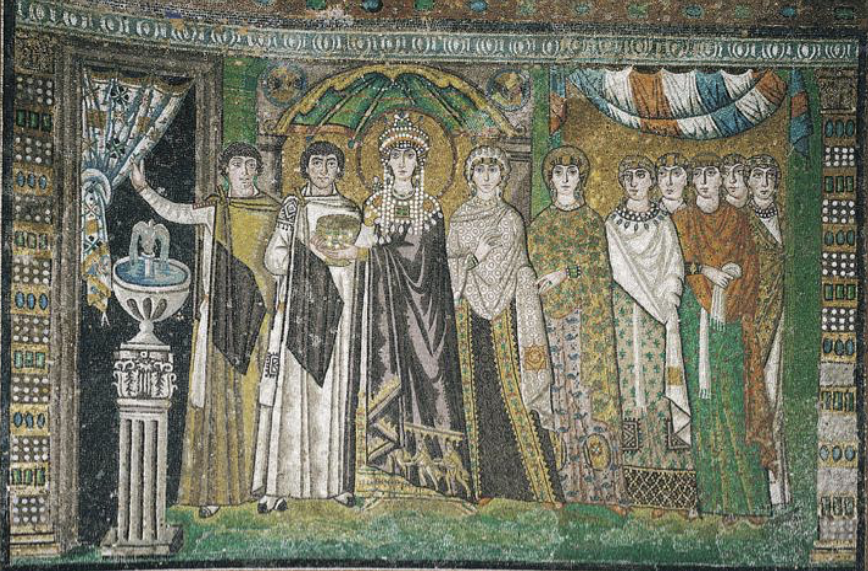
Theodora and attendants, mosaic on south wall of apse, San Vitale, Ravenna, c. 540

Katholikon, Monastery of Hosios Loukas, near Distomo, Greece, c. 1020; Middle Byzantine period